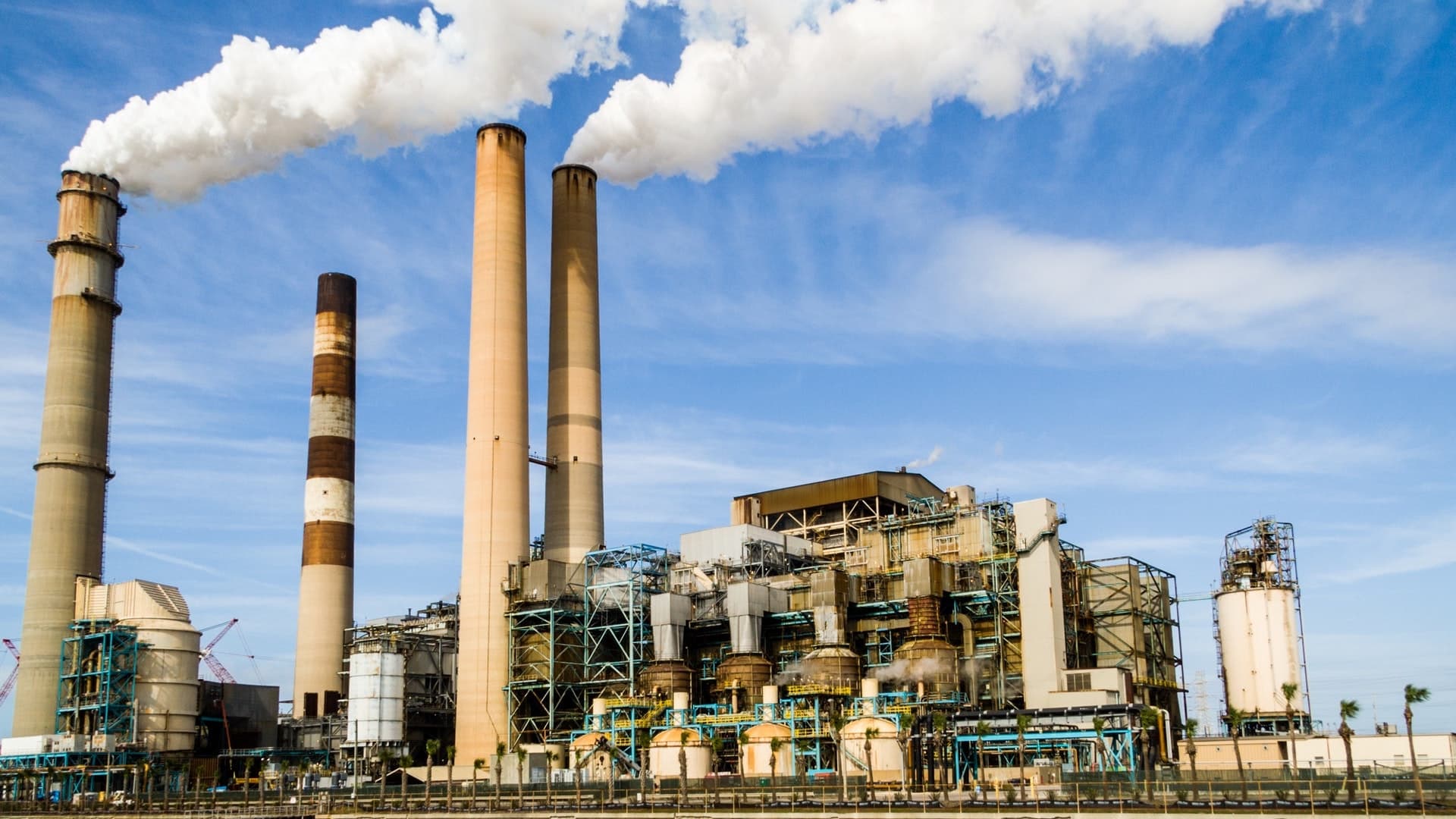
What does air pollution mean? What are the consequences and what can we do about it? We have summarized the most critical information.
The meaning of air pollution
Air is an essential condition of life for humans and all living things. Clean air contains 77.9% nitrogen, 21.1% oxygen, and 1% other gases. Compounds and values that differ from this may indicate air pollution.
Air pollution is a type of environmental pollution that involves the emission of air pollutants (defined by law) more than the emission limit. Large-scale, cross-border air pollution means that pollution cannot be completely limited to a state's national jurisdiction.
How can the air be polluted?
There are two types of air pollution:
- Air pollution of natural origin: this includes natural disasters and natural processes that cause air pollution, such as forest fires or volcanic eruptions
- Human-caused air pollution: this includes industrial, agricultural, and traffic-related air pollution
The consequences of air pollution
The effects of air pollution are felt by all citizens, as it can cause a wide range of health problems. Possible health problems can be
- respiratory and heart diseases,
- cancer,
- and even premature death.
What can we do to combat air pollution?
Cities' air quality is constantly monitored by automatic measuring units. If the measured concentration of air pollutants exceeds the threshold value, indicating an increase in the number of contaminants to a dangerous level, a smog alert is issued.
When actions need to be taken, governments have many tools to reduce air pollution.

- Restricting vehicle traffic: the use of the most polluting vehicles is prohibited at certain times
- Limiting industrial emissions: the environmental agency regularly checks companies' emissions of pollutants and may prohibit operations if they exceed the limits
As individuals, we should avoid activities that pollute the air – and whenever possible, choose alternative modes of transportation: bike, walk, carpool, and use public transportation.
Air pollution in the European Union
The European Union has taken steps to address the problem of air pollution. The EU has implemented several policies and regulations aimed at reducing the number of pollutants released into the air. This includes setting limits on the number of pollutants that can be released by industries, as well as promoting the use of clean and renewable energy sources.
Additionally, the European Union has also launched many initiatives to raise awareness about the problem of air pollution and to encourage individuals and communities to take action to reduce their emissions. For example, the European Commission has launched a campaign called "Clean Air for All" to raise awareness about the importance of clean air, and to encourage individuals to take steps to reduce their pollution levels.
Despite these efforts, air pollution remains a significant problem in the European Union. To truly address this problem, it will be necessary for the European Union and its member states to continue implementing policies and regulations to reduce emissions, as well as to invest in clean and renewable energy sources.
By working together, the European Union can help to improve the air quality for all its citizens and protect the environment for future generations.
Conclusion
- Clean air contains 77.9% nitrogen, 21.1% oxygen, and 1% other gases and compounds.
- Air pollution is a type of environmental pollution that has harmful effects on the entire living world.
- Industry, domestic heating, transportation, agriculture, and waste management are the main culprits of air pollution.
- The European Union sets strict standards for air pollution concerning the following substances: particulate matter, ground-level ozone, volatile organic compounds, nitrogen oxides, nitrogen dioxide, sulphur dioxide, ammonia, heavy metals, and benzene.
